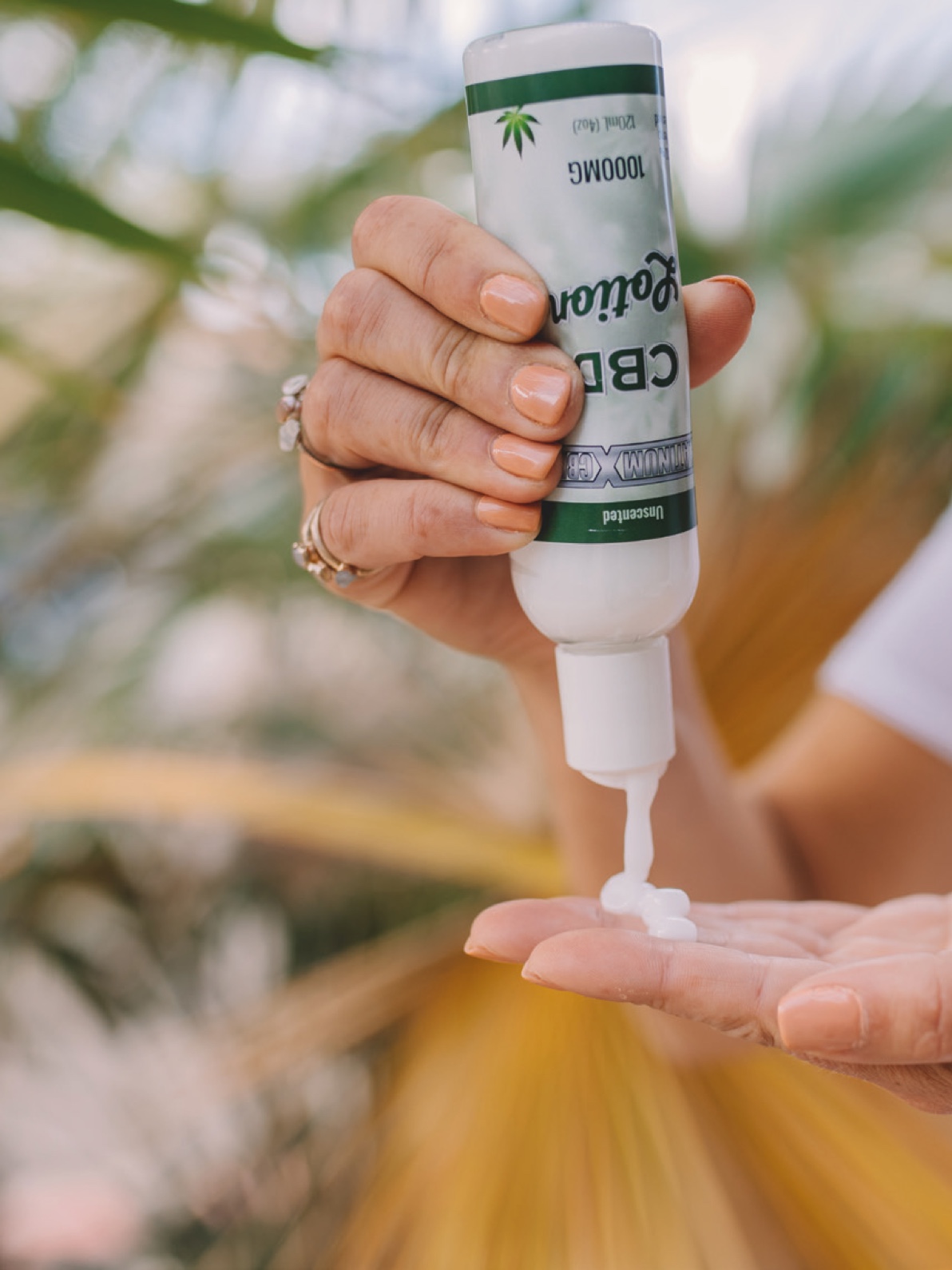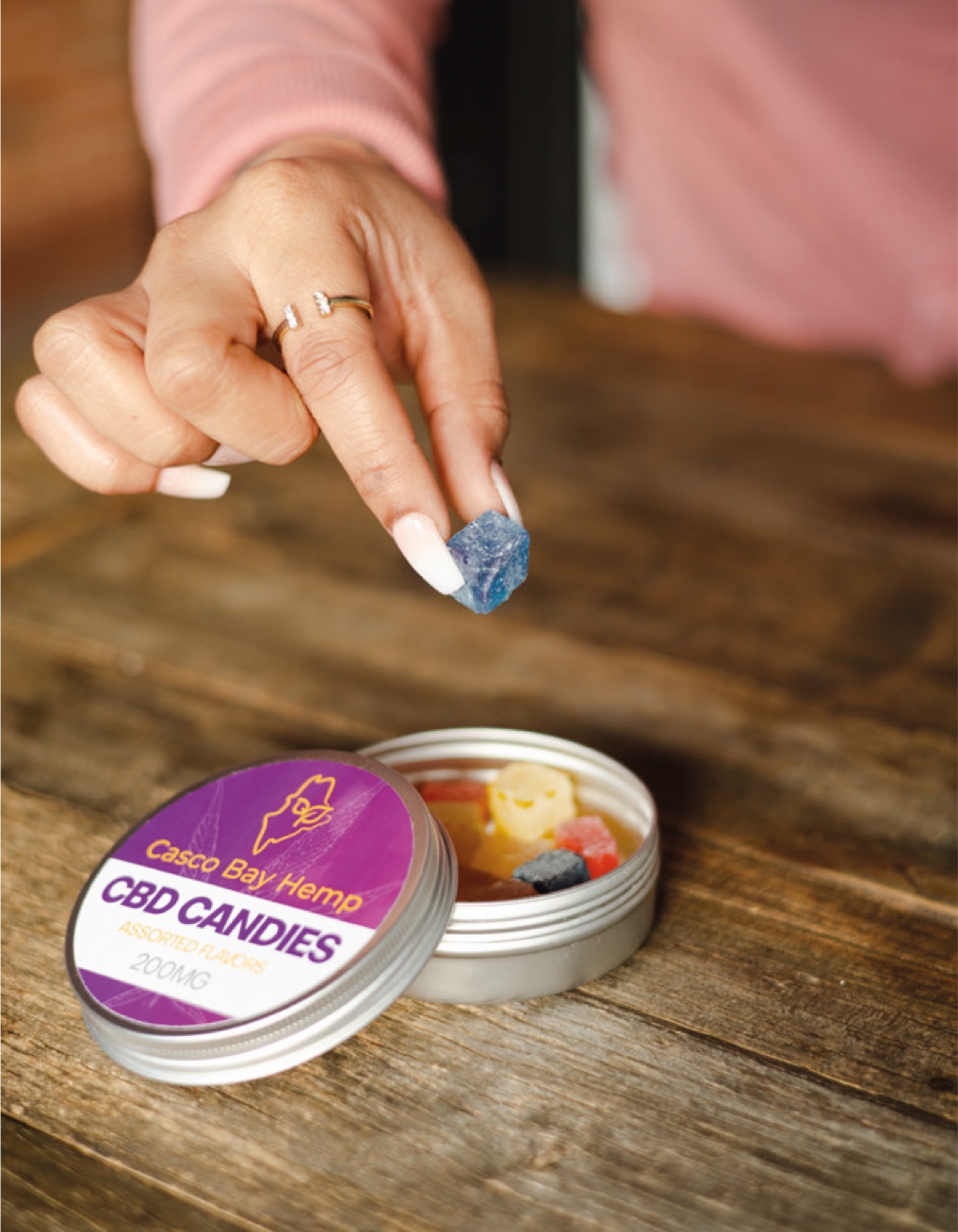COLUMN: SURFACTANTS INSIGHTS
Marketing ingredients
with consumers in mind
KEYWORDS —
Abstract
Studies of major depressive disorder have been correlated with reduced Lactobacillus and Bifidobacteria and symptom severity has been correlated to changes in Firmicutes, Actinobacteria, and Bacteriodes. Gut microbiota that contain more butyrate producers have been correlated with improved quality of life (1).
A study in healthy women providing probiotic yogurt for four weeks showed an improvement in emotional responses as measured by brain scans (2). A subsequent study by Mohammadi et al. (3) investigated the impacts of probiotic yogurt and probiotic capsules over 6 weeks and found a significant improvement in depression-anxiety-stress scores in subjects taking the specific strains of probiotics contained in the yogurt or capsules. Other studies with probiotics have indicated improvements in depression scores, anxiety, postpartum depression and mood rating in an elderly population (4-7).
Other studies have indicated a benefit of probiotic supplementation in alleviating symptoms of stress. In particular, researchers have looked at stress in students as they prepared for exams, while also evaluating other health indicators such as flu and cold symptoms (1). In healthy people, there is an indication that probiotic supplementation may help to maintain memory function under conditions of acute stress.
“
“A study in healthy women providing probiotic yogurt for four weeks showed an improvement in emotional responses as measured by brain scans”
Biotic ingredients with a proven skin anti-ageing effect
The business of surfactants, that is the development, making and selling of surfactants is classified as a “business to business” undertaking. That is, companies do the making and selling and companies also do the buying. There is not much of a consumer market for surfactants on their own. In fact, there is none that I’m aware of. However, when you’ve been in the business fo r as long as I have, you begin to notice things. I’ve noticed that, at the front end of the supply chain for surfactants, for about three quarters of the market, you have consumers, buying detergents, cleaners, shampoos, what have you. Consumers are people, just like us, dear reader. Furthermore, shortly after buying these so-called consumer products, these people put the products directly onto their homes, clothes and bodies, sometimes even inside their bodies. The role of consumers, that is the people on the street, therefore seems to be particularly important in this nominally business-to-business enterprise.
I Googled “marketing” in preparation for writing this article and it threw up the 5 P’s. Several linked articles suggested that there were in fact 7 P’s. I did not read them. 5 seems plenty enough for me. I didn’t read the 5 P articles either and I’m certainly not going to list them here. You can Google them yourselves if you’re so inclined. I will note that one of the P’s is People. Fine. And as we’ve noted above, consumers are people and of particular importance in the business of surfactants. So let’s consider what people think and care about in the context of their interaction with surfactants. I’ve been a person now for over 60 years and have lived, worked and socialized with people for essentially all that time. So I think I can opine with some authority on this matter.
In my experience as a person, consumer and member of our surfactants industry, people buying surfactant containing products are looking for 4 main things and these, by happy coincidence, happen to begin with the letter P. They are:
- Performance
- Purpose
- Provenance
- PCF (Product Carbon Footprint)
Performance is really about – does the end product, the shampoo, detergent, etc., do what it says on the bottle and how does it perform compared to the consumer’s expectation. This, of course, is the stuff of the Trillion dollar global advertising market. If you, as an ingredient marketer, can tell your customer how your ingredient affects (and ideally improves by some objective measure) the performance of his end product, that is helpful. If you cannot enunciate how your ingredient affects consumer experience of product performance – at least in some major product categories, there’s a problem with your marketing – or your product.
Purpose speaks to why the ingredient is in there. What does it do? With increased consumer interest in and awareness of ingredients, has come a skepticism, even a suspicion around what is in the bottle and is it truly necessary. Apps such as the Yuka food and cosmetics scanner and Smartlabel from the Consumer Brands Association, put a lot of information at the consumer’s fingertips. As an ingredient marketer, you have to be able to communicate and help your customer communicate, what the heck your stuff does. This is linked to purpose but more fundamental. If, for example, you can say that your ingredient is both an emollient and emulsifier, then you have multiplied the available market for it, assuming your assertion is backed by evidence.

Provenance means essentially, where the stuff in the bottle comes from. It has been a matter of increasing interest to consumers, again driven by general ingredient awareness. The story of a consumer product, even one as simple as a bottle of water, which will tout the natural spring or advanced process from which it originates, is often as important as the performance – or any of the other P’s of marketing – to the consumer. Your ingredient should have a story. In fact your ingredient has a story whether you consider it and craft it or not. The ingredient comes from somewhere and goes somewhere and, along the way, it does something. As an ingredient marketer, you should pay careful attention to how you communicate the back-story of its supply chain. For example, if your ingredient is a by-product from an industrial process that is upgraded to a more value added application, that may be considered positive. However, if that industrial process is reminiscent of something from a Charles Dickens novel, then maybe it’s best not to call attention to it. Maybe you rather should focus further upstream on the plant origins of the materials feeding that industrial process. However, be careful also here. If you are seen to be deceptive or “too clever” in crafting the ingredient story, you risk losing credibility, very quickly.
PCF – Product Carbon Footprint. We’ve discussed this before in these columns and I am certainly not suggesting that your average consumer is thinking about this in terms of his product choices. Consumers are, however, thinking about the “green-ness” of the products they buy and are sophisticated enough to understand that such green-ness is largely a function of the products’ ingredients. PCF is becoming a standard measure of green-ness among large makers and buyers of ingredients. While industry has not yet agreed on a common standard of measurement of PCF, such agreement is imminent. And there is an emerging understanding among larger chemical companies and consumer goods companies that PCF is a good measure of sustainability. If you have an ingredient with a favorable (that is low or lower) PCF, then that will be advantageous in terms of enabling your customer, the consumer goods company, to claim some level of green-ness to its customers.
In summary then, I urge all of our readers involved in the business of ingredients, including surfactants, to work hard on these 4 P’s of marketing with consumers in mind. Doing so will align your ingredients more closely with their ultimate destination. Not doing so may lead to your ingredient being characterized by your customer or the consumer, potentially to your detriment.
Biotic ingredients with a proven skin anti-ageing effect
Studies of major depressive disorder have been correlated with reduced Lactobacillus and Bifidobacteria and symptom severity has been correlated to changes in Firmicutes, Actinobacteria, and Bacteriodes. Gut microbiota that contain more butyrate producers have been correlated with improved quality of life (1).
A study in healthy women providing probiotic yogurt for four weeks showed an improvement in emotional responses as measured by brain scans (2). A subsequent study by Mohammadi et al. (3) investigated the impacts of probiotic yogurt and probiotic capsules over 6 weeks and found a significant improvement in depression-anxiety-stress scores in subjects taking the specific strains of probiotics contained in the yogurt or capsules. Other studies with probiotics have indicated improvements in depression scores, anxiety, postpartum depression and mood rating in an elderly population (4-7).
Other studies have indicated a benefit of probiotic supplementation in alleviating symptoms of stress. In particular, researchers have looked at stress in students as they prepared for exams, while also evaluating other health indicators such as flu and cold symptoms (1). In healthy people, there is an indication that probiotic supplementation may help to maintain memory function under conditions of acute stress.


Studies of major depressive disorder have been correlated with reduced Lactobacillus and Bifidobacteria and symptom severity has been correlated to changes in Firmicutes, Actinobacteria, and Bacteriodes. Gut microbiota that contain more butyrate producers have been correlated with improved quality of life (1).
A study in healthy women providing probiotic yogurt for four weeks showed an improvement in emotional responses as measured by brain scans (2). A subsequent study by Mohammadi et al. (3) investigated the impacts of probiotic yogurt and probiotic capsules over 6 weeks and found a significant improvement in depression-anxiety-stress scores in subjects taking the specific strains of probiotics contained in the yogurt or capsules. Other studies with probiotics have indicated improvements in depression scores, anxiety, postpartum depression and mood rating in an elderly population (4-7).
Other studies have indicated a benefit of probiotic supplementation in alleviating symptoms of stress. In particular, researchers have looked at stress in students as they prepared for exams, while also evaluating other health indicators such as flu and cold symptoms (1). In healthy people, there is an indication that probiotic supplementation may help to maintain memory function under conditions of acute stress.
References and notes
- Arenas-Jal M, Suñé-Negre JM, Pérez-Lozano P, García-Montoya E. Trends in the food and sports nutrition industry: A review. Critical Reviews in Food Science and Nutrition. 2020;60(14):2405-21.
- Angus A. Top 10 Global Consumer Trends for 2018: Emerging Forces Shaping Consumer Behaviour: Euromonitor International; 2018 (Available from: https://tourismaccommodation.com.au/wp-content/uploads/2018/03/Top10-Global-consumer-trends-for2018.pdf.
- Labrecque LavdE, Jonas and Mathwick, Charla and Novak, Thomas and Hofacker, Charles. Consumer Power: Evolution in the Digital Age. Journal of Interactive Marketing 2013;27.
- Dunford M. Fundamentals of Sport and Exercise Nutrition 2010.
- Galaz GA. Chapter 20 - An Overview on the History of Sports Nutrition Beverages. In: Bagchi D, Nair S, Sen CK, editors. Nutrition and Enhanced Sports Performance. San Diego: Academic Press; 2013. p. 205-10.
- Bird SP. Creatine supplementation and exercise performance: a brief review. J Sports Sci Med. 2003;2(4):123-32.
- Schofield L. Vitamin Retailer The Dietary Supplement Industry Leading Magazine 2022 (Available from: https://vitaminretailer.com/activating-your-fitness-nutrition-department/.
- Newman JI, Xue H, Watanabe NM, Yan G, McLeod CM. Gaming Gone Viral: An Analysis of the Emerging Esports Narrative Economy. Communication & Sport. 2020:2167479520961036.
- Tartar JL, Kalman D, Hewlings S. A Prospective Study Evaluating the Effects of a Nutritional Supplement Intervention on Cognition, Mood States, and Mental Performance in Video Gamers. Nutrients. 2019;11(10).

